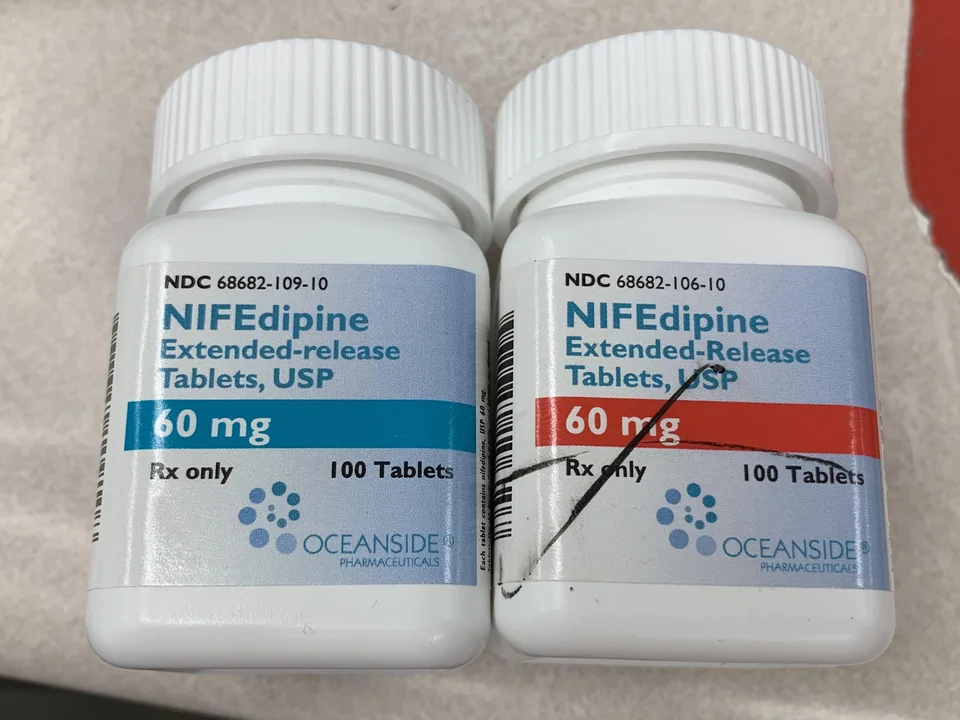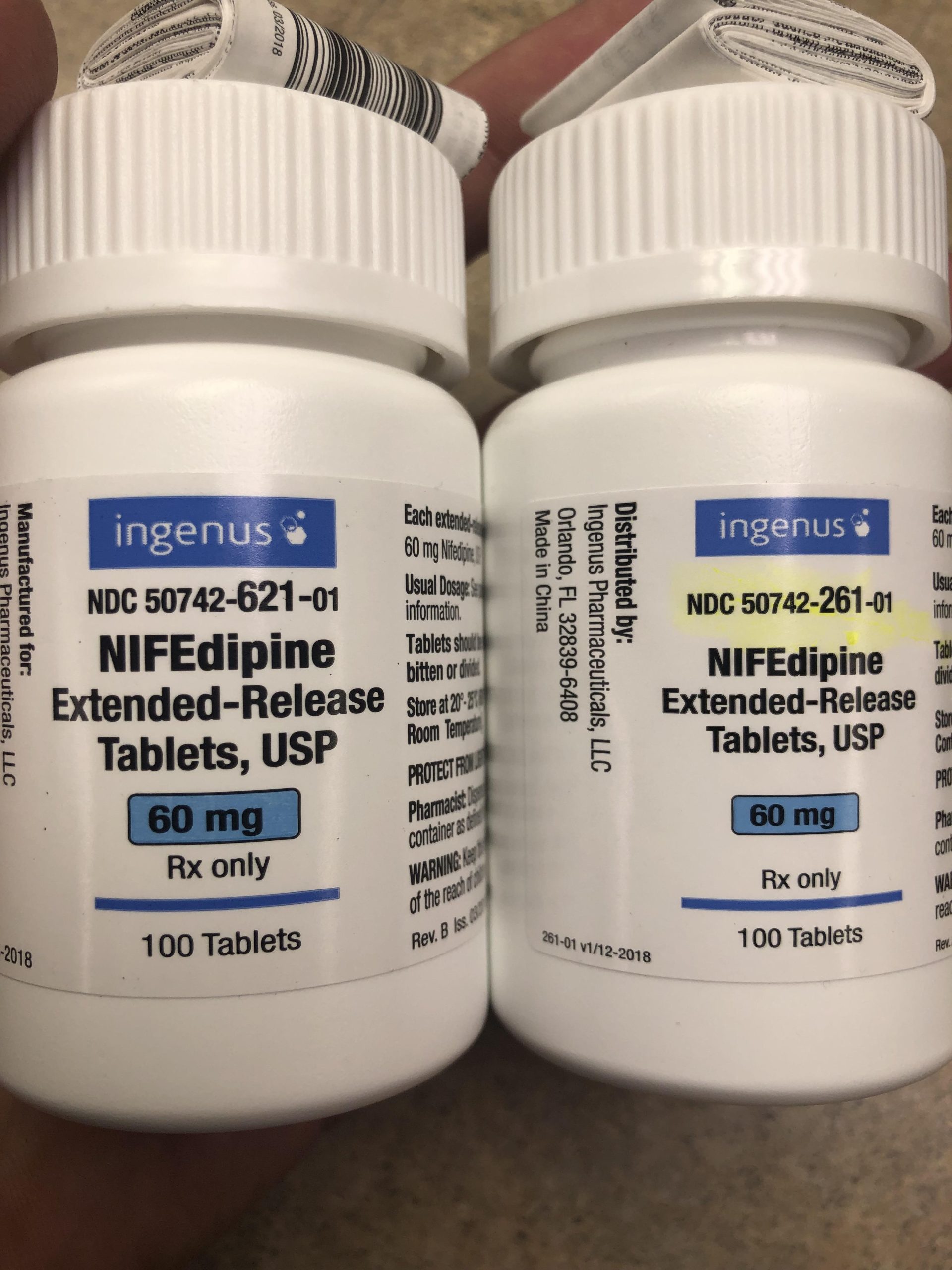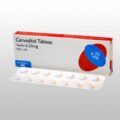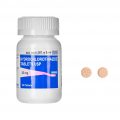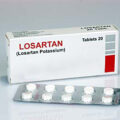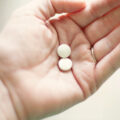What is nifedipine?
Nifedipine is in a group of drugs called calcium channel blockers. It works by relaxing the muscles of your heart and blood vessels. Nifedipine is used to treat hypertension (high blood pressure) and angina (chest pain).
You should not use nifedipine if you have severe coronary artery disease, or if you have had a heart attack within the past 2 weeks.
Before taking nifedipine, tell your doctor if you have kidney or liver disease, a blockage in your digestive tract (stomach or intestines), a history of stomach surgery, coronary artery disease, underactive thyroid, diabetes, or congestive heart failure.
If you need surgery, tell the surgeon ahead of time that you are using nifedipine. You may need to stop using the medicine for a short time.
Do not stop taking nifedipine without first talking to your doctor, even if you feel fine. Stopping suddenly may make your condition worse. High blood pressure often has no symptoms. You may need to use blood pressure medication for the rest of your life.
Dosage and strength
Nifedipine comes as:
- 5mg and 10mg standard capsules
- 10mg, 20mg, 30mg, 40mg and 60mg slow-release tablets and capsules
Your dose of nifedipine depends on why you need the medicine and what kind your doctor has prescribed.
How should I use this medication?
Nifedipine is very sensitive to light, so make sure you take your tablet or capsule as soon as you take it out of the packet. You can take nifedipine at any time of day, but try to make sure it’s around the same time (or times) every day.
To decide the correct dose for you, your doctor will check your blood pressure. The usual starting dose is:
- standard capsules or liquid – 5mg, taken 3 times a day (every 8 hours)
- slow-release tablets or capsules – 10mg, taken twice a day (every 12 hours), or 20 to 30mg, taken once a day (every 24 hours, preferably in the morning)
If a doctor prescribes it for your child, the dose will usually be lower. It will depend on how old your child is and how much they weigh.
Swallow the capsules or tablets whole with a drink of water. Do not break, crush, chew or open up the capsules unless your doctor or pharmacist has said you can.
It usually does not matter if you take nifedipine with or without food, but check the leaflet of the brand you’re taking because the advice can vary.
There are several brands of slow-release nifedipine, which may not all be the same. Make sure you stick to the same brand if possible and follow the directions on how to take it carefully.
With some of the slow-release tablets, you might notice what looks like a whole tablet in your poo. Do not worry, this is normal. It’s just the outer shell of the tablet that your body has not digested.
If you’re taking nifedipine as a liquid, shake the bottle well. The medicine will come with a plastic syringe or spoon to help you take the right amount. If you do not have a plastic syringe or spoon, ask your pharmacist for one. Do not use a kitchen teaspoon as it will not measure the right amount.
Take this medication by mouth. Take it as directed on the prescription label at the same time every day. You can take it with or without food. If it upsets your stomach, take it with food. Keep taking it unless your care team tells you to stop.
Do not take this medication with grapefruit juice.
Talk to your care team about the use of this medication in children. Special care may be needed.
What To Do If You Accidentally Took Double Dose Of Nifedipine?
If you accidentally took a double dose of nifedipine, call your doctor or contact a poison control center immediately. Signs and symptoms of a nifedipine overdose may include: agitation (hyperactivity) and delirium (confused thinking and possible hallucinations), breathing difficulty, confusion, constipation, lightheadedness, dizziness, drowsiness, increased blood sugar, and irregular heartbeat.
Nifedipine side effects
The more common side effects that can occur with nifedipine include:
- headache
- nausea
- dizziness or lightheadedness
- flushing (reddening of the skin)
- heartburn
- muscle cramps
- constipation
- cough
- decreased sexual ability or desire
- edema (swelling in the legs or feet)
- weakness
If these effects are mild, they may go away within a few days or a couple of weeks. If they’re more severe or don’t go away, talk with your doctor or pharmacist.
Serious side effects
Call your doctor right away if you have serious side effects. Call 911 if your symptoms feel life-threatening or if you think you’re having a medical emergency. Serious side effects and their symptoms can include the following:
- Edema (fluid retention). Symptoms can include:
- swelling in the arms, hands, lower legs, feet, or ankles
- Allergic reaction. Symptoms can include:
- trouble breathing
- trouble swallowing
- rash or hives
- swelling of the face, eyes, lips, or tongue
- Low blood pressure or low heart rate. Symptoms can include:
- lightheadedness
- fainting
- Liver damage. Symptoms can include:
- yellowing of the skin
- yellowing of the whites of the eyes
- Chest pain (angina) that is worse or occurs more often
What drugs and food may interact with Nifedipine?
Do not take this medication with any of the following:
- Certain medications for seizures like carbamazepine, phenobarbital, phenytoin
- Lumacaftor; ivacaftor
- Rifabutin
- Rifampin
- Rifapentine
- St. John’s Wort
This medication may also interact with the following:
- Antiviral medications for HIV or AIDS
- Certain medications for blood pressure
- Certain medications for diabetes
- Certain medications for erectile dysfunction
- Certain medications for fungal infections like ketoconazole, fluconazole, and itraconazole
- Certain medications for irregular heart beat like flecainide and quinidine
- Certain medications that treat or prevent blood clots like warfarin
- Clarithromycin
- Digoxin
- Dolasetron
- Erythromycin
- Fluoxetine
- Grapefruit juice
- Local or general anesthetics
- Nefazodone
- Orlistat
- Quinupristin; dalfopristin
- Sirolimus
- Stomach acid blockers like cimetidine, ranitidine, omeprazole, or pantoprazole
- Tacrolimus
- Valproic acid
This list may not describe all possible interactions. Give your healthcare provider a list of all the medicines, herbs, non-prescription drugs, or dietary supplements you use. Also tell them if you smoke, drink alcohol, or use illegal drugs. Some items may interact with your medicine.

